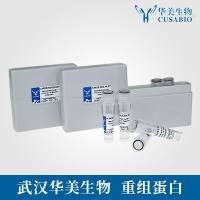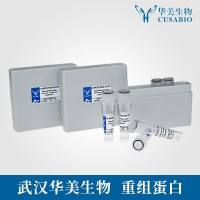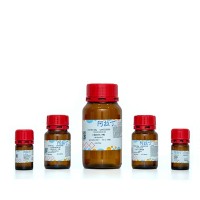Ultrasensitive Detection of Botulinum Neurotoxins and Anthrax Lethal Factor in Biological Samples by ALISSA
互联网
568
Both botulinum neurotoxins (BoNTs) and anthrax lethal factor, a component of anthrax toxin, exhibit zinc metalloprotease activity. The assay detailed here is capable of quantitatively detecting these proteins by measuring their enzymatic functions with high sensitivity. The detection method encompasses two steps: (1) specific target capture and enrichment and (2) cleavage of a fluorogenic substrate by the immobilized active target, the extent of which is quantitatively determined by differential fluorometry. Because a critical ingredient for the target enrichment is an immobilization matrix made out of hundreds of thousands of microscopic, antibody-coated beads, we have termed this detection method an a ssay with a l arge i mmuno-s orbent s urface a rea (ALISSA). The binding and reaction surface area in the ALISSA is approximately 30-fold larger than in most microtiter plate-based enzyme-linked immunosorbent assays (ELISAs). ALISSA reaches atto (10–18 ) to femto (10–15 ) molar sensitivities for the detection of BoNT serotypes A and E and anthrax lethal factor. In addition, ALISSA provides high specificity in complex biological matrices, such as serum and liquid foods, which may contain various other proteases and hydrolytic enzymes. This methodology can potentially be expanded to many other enzyme targets by selecting appropriate fluorogenic substrates and capture antibodies. Important requirements are that the enzyme remains active after being immobilized by the capture antibody and that the substrate is specifically converted by the immobilized enzyme target at a fast conversion rate.
A detailed protocol to conduct ALISSA for the detection and quantification of BoNT serotypes A and E and anthrax lethal factor is described.









